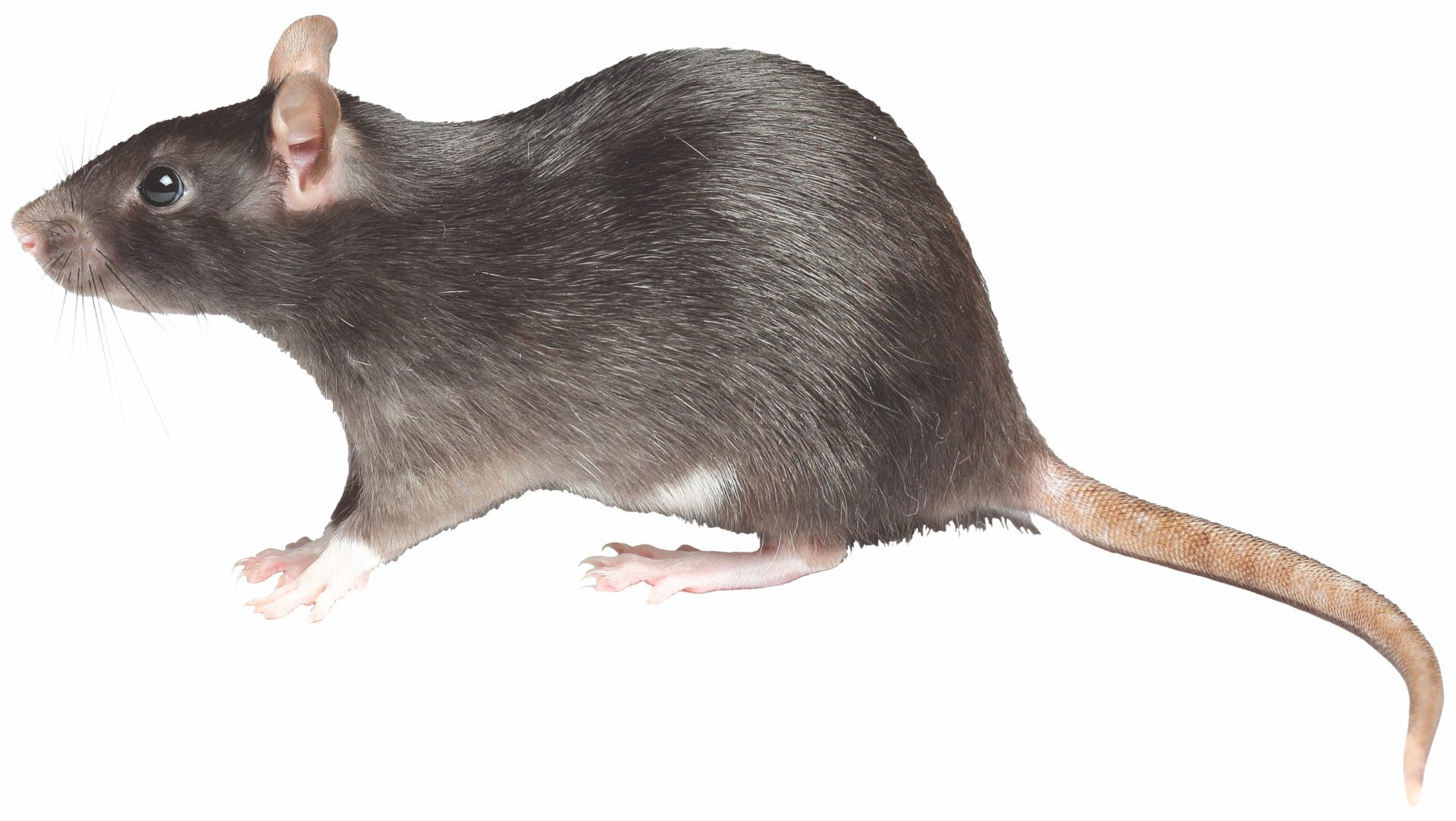Residents and pest-control pros are seeing an increase in rodents, specifically rats, in Toronto, and there’s no shortage of blame to go around.
According to The Weather Network, the hot, dry summer is believed to be the cause of the recent infestation. However, Pro Pest Corporation owner Peter Pekelny doesn’t think weather was a big factor.
“The rats were quite healthy and vigilant in what they were doing all summer long,” he said. “They’re resourceful and can’t be stopped.”
East York has also seen an increase in rat sightings, which has local residents worried.
“This has been the worst year for rats in my neighbourhood,” said Louise James, who lives in the O’Connor Drive and Pape Avenue area.
The garden of one of James’ neighbours was unkempt and attracted a nest of rats, she said. The situation got so bad that she had to report that person to the city.
“We bought poison for the first time and disposed of several dead rats,” she said.
Rudy Boonstra, an ecology professor at the University of Toronto who has studied rodents for more than 40 years, believes that access to a ready food supply during the summer led to the recent rodent population boom, not the weather.
“I can’t believe that temperature or dryness would have any effect on the rates of reproduction or survival,” he said, adding the quality of food and access to it for females determines the rate of increase. “If conditions are good, then reproductive biology allows for extremely rapid growth.”
Zack Mraovic, who lives near Mortimer and Coxwell avenues, has had rat problems since finding one in his car-engine bay in 2017.
“To this day, I have a pest-control company maintaining a bait station on the property for peace of mind,” Mraovic said. “I’m just tired of dealing with it.”
Budget Pest Control owner Michael Haralampopoulos believes the “only proper way” to eliminate rats is to use exterminator-grade rodenticide, which is available only with an exterminator licence.
“Once a rodent infestation enters the house, they multiply so quick that catching them rarely works,” he said. “There are usually several, if not dozens, present.”
Construction, such as the development of the new transit system, is another possible factor in the recent rodent increase.
“The noise disturbs the nest and forces them to be on the move,” Haralampopoulos said. “This happens all across the Greater Toronto Area, and we’re becoming more like New York in terms of the rat population.”
Rats enter houses by searching for an access point, such as a gap in the wall or a place where warm air is released.
“Once they find that opening, they begin to occupy your space and travel through your pipes, vents, floors and walls,” Pro Pest’s Pekelny said.
To find the rats, Pekelny surveys the area for any evidence of rat activity, such as bite marks, droppings, tracks and burrows. “This is a method that I like to call CSI: Pest Control,” he said.
When the access point is found, Pekelny blocks off all points of entry to force the rodents outside, and feeds them poison.
“One option that homeowners, especially new owners, can do is request an inspection to find any weak points in the building’s structure,” he said.

